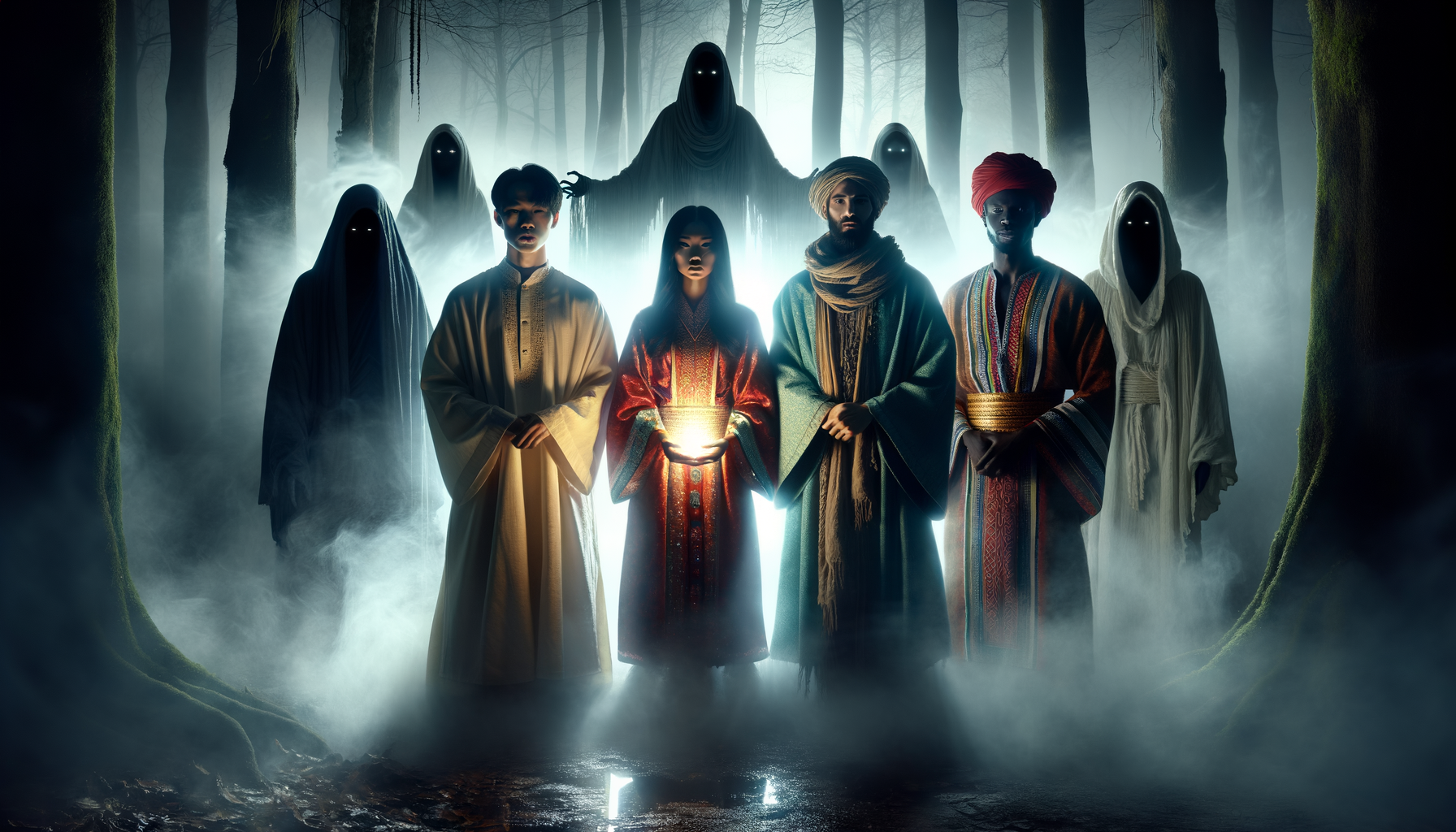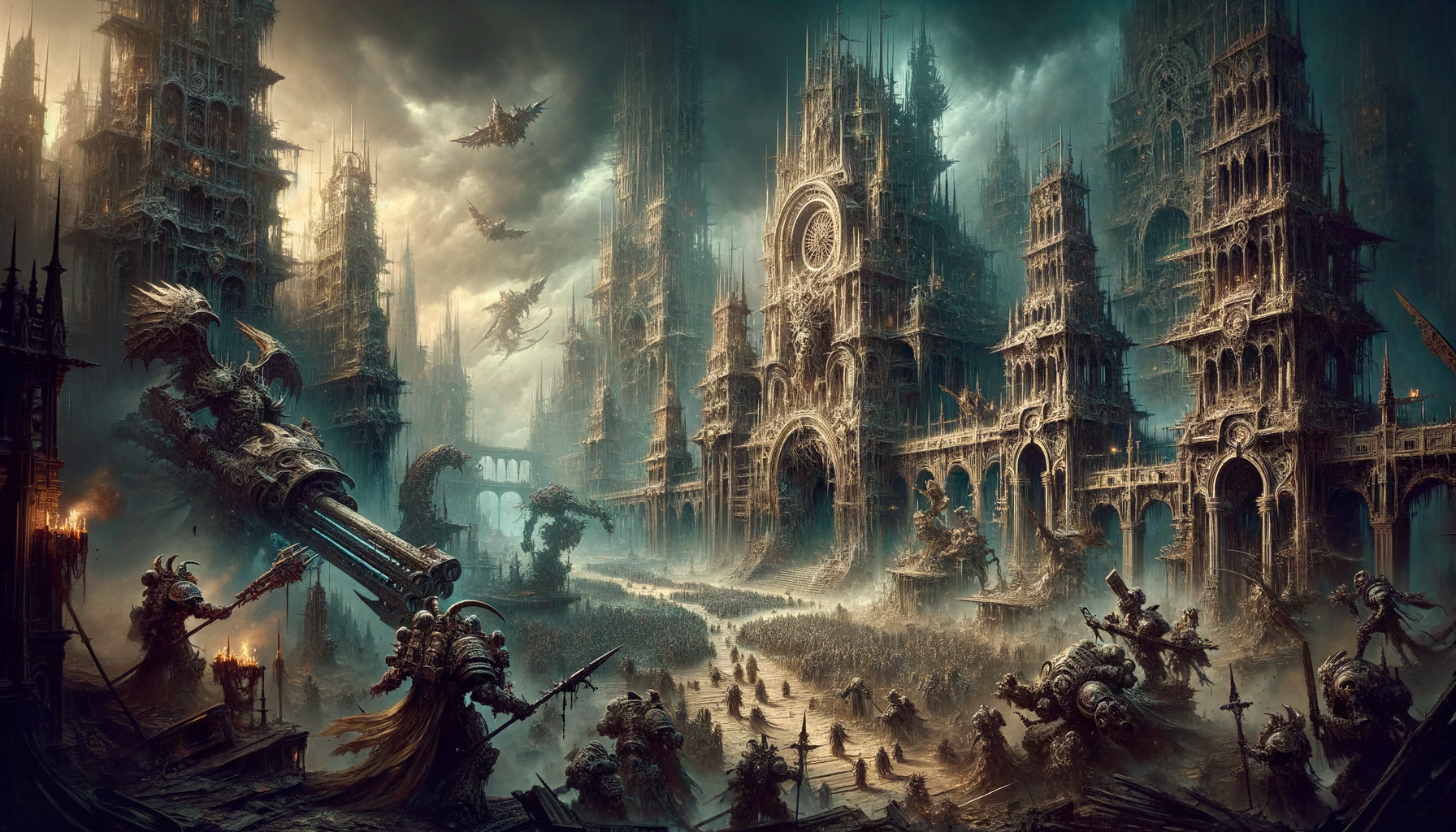Horror fiction has long been a genre that captures our deepest fears and social anxieties. But did you know that the representation of BAME (Black, Asian, and Minority Ethnic) voices in horror fiction is on the rise? In 2024, these stories are not just terrifying but also rich in cultural nuance and diversity. As noted by acclaimed horror author Jordan Peele, ‘Horror is at its best when it is grounded in a truthful, human experience.’ Are you ready to dive into this spine-chilling world that goes beyond conventional narratives?
The Evolution of Diversity in Horror Fiction
When we think about the roots of horror fiction, it’s hard to miss its early lack of diversity. Traditional horror often centered around Western settings, characters, and folklore, leaving little room for diverse voices and perspectives. Early horror classics like Mary Shelley’s “Frankenstein” or Bram Stoker’s “Dracula” were groundbreaking in their own right but were primarily Eurocentric in their focus.
Key Turning Points in BAME Representation
The landscape began to shift with key turning points that ushered in increased BAME (Black, Asian, and Minority Ethnic) representation. The civil rights movement and subsequent social changes in the 1960s and 70s played a significant role in opening the doors for diverse voices. The publication of works like Octavia Butler’s “Kindred” in 1979 marked a critical moment, blending science fiction, horror, and African American history in a way that had never been done before.
Impact of Social and Cultural Movements
Social and cultural movements have had a profound impact on the horror genre. The rise of Black Lives Matter and increased awareness around issues of race and identity have pushed publishers and filmmakers to seek out stories that reflect a broader range of experiences. This has led to a richer, more inclusive horror landscape, where stories are not just about fear but also about the complexities of identity, history, and culture.
Notable BAME Authors in Horror Fiction
The horror genre has been blessed with the contributions of numerous groundbreaking BAME authors who have brought fresh perspectives and narratives to the table.
Highlights of Groundbreaking BAME Authors
Authors like Nnedi Okorafor, Tananarive Due, and Silvia Moreno-Garcia have made significant contributions to the genre. Nnedi Okorafor, known for her Africanfuturism and Africanjujuism, has penned stories that blend African folklore with futuristic elements, creating a unique horror experience. Tananarive Due has explored African American history and culture through her horror novels, offering deep, thought-provoking narratives. Meanwhile, Silvia Moreno-Garcia has brought Mexican folklore and gothic elements to the forefront with her critically acclaimed works.
Analysis of Popular Works
Nnedi Okorafor’s “Who Fears Death” is a powerful tale set in a post-apocalyptic Africa, blending magic with social commentary. Tananarive Due’s “The Good House” delves into themes of family legacy and supernatural horror. Silvia Moreno-Garcia’s “Mexican Gothic” transports readers to 1950s Mexico with a chilling story that combines gothic horror with social critique.
Quotes and Testimonials
Critics and readers alike have praised these authors for their innovative storytelling. One reviewer noted, “Nnedi Okorafor’s work is a breath of fresh air in the horror genre, offering a perspective that is both unique and deeply engaging.” Another commented on Moreno-Garcia’s “Mexican Gothic,” saying, “It’s a hauntingly beautiful tale that lingers long after the last page is turned.”
Themes and Motifs Explored by BAME Authors
BAME authors bring a wealth of cultural heritage and unique perspectives to their horror narratives.
Exploration of Cultural Heritage
These authors often explore their cultural heritage and traditions, weaving them into their horror stories. This adds layers of depth and authenticity that resonate with readers from diverse backgrounds.
Themes of Racial Tension and Identity
Themes of racial tension, identity, and historical trauma are prevalent in many BAME horror works. These stories don’t just aim to scare; they also provoke thought and discussion about real-world issues. By confronting these themes head-on, BAME authors create horror that is both terrifying and enlightening.
Use of Folklore and Mythology
Folklore and mythology play a crucial role in the horror narratives crafted by BAME authors. By drawing on myths and legends from their own cultures, these writers create horror experiences that are fresh, unique, and deeply rooted in tradition.
Impact of BAME Representation on the Horror Community
The increased representation of BAME authors has had a significant impact on the horror community.
Reader and Audience Reactions
Readers and audiences have responded positively to the increased diversity in horror fiction. Many have expressed appreciation for stories that reflect their own experiences and cultural backgrounds, making horror more relatable and impactful.
Influence on Upcoming Writers
The success of BAME authors has also inspired a new generation of writers from diverse backgrounds. Seeing authors like Okorafor, Due, and Moreno-Garcia succeed has shown aspiring writers that there is a place for their stories in the horror genre.
Perspectives from Influential Voices
Influential voices within the horror community have praised the contributions of BAME authors. In interviews, many have highlighted the importance of diversity in enriching the genre and broadening its appeal.
Buying Guide and Links
To support BAME authors, consider purchasing their books from local bookstores or online platforms that prioritize diverse voices. Websites like Bookshop.org and independent bookstores often feature curated lists of diverse authors, making it easier to find and support BAME horror fiction.
Conclusion
The landscape of horror fiction is changing, becoming richer and more inclusive than ever before. BAME authors bring fresh perspectives and new horrors that captivate and engage readers. Let’s celebrate and support these remarkable voices in 2024 by diving into their stories. Don’t just read the stories; feel the cultural pulse, the dread, and the humanity that beats within them. Happy reading!




